It was really useful to meet James Clegg today for a tour of the exhibition, highlighting curatorial decisions to do with space and artists. As I am now communicating with artists who have varying thoughts considering their artwork in the library space and how they want to approach conversations regarding curating, it was helpful to hear about the differing instructions that have been in place from artists themselves or museums that own the work to get an idea of the varied conversations that can come out of this.
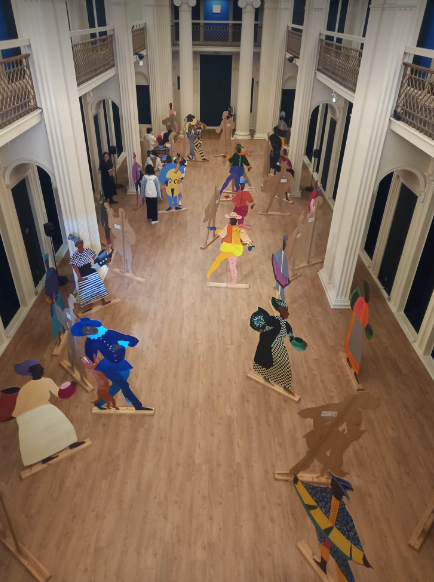
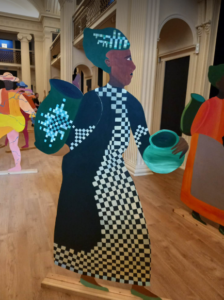
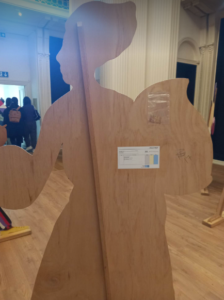
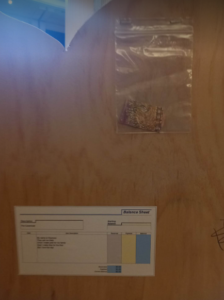
Lubaina Himid, Naming the Money, 2004, takes up the main floor of the Georgian Gallery with 40 hand-painted figures. These are on loan from the International Slavery Museum in Liverpool, meaning they came with a rigid set of instructions as to how the figures are assembled and arranged within the space. As these figures are life-sized it feels like walking into a theatrical but welcoming scene of stories combined with intricate histories of power and wealth. The textual aspect of these pieces are confined to small computerised templates that feel impersonal and aesthetically detached from the other side of each effigy. Is this to make us aware of the duplication of both painted figures and the commonality of stories within? A monument to so many people that have had real and ‘item’ names? Lubaina Himid continues to make these works, adding to hundreds of stories already told, so will this space, or others this work chooses to occupy, become more crowded?
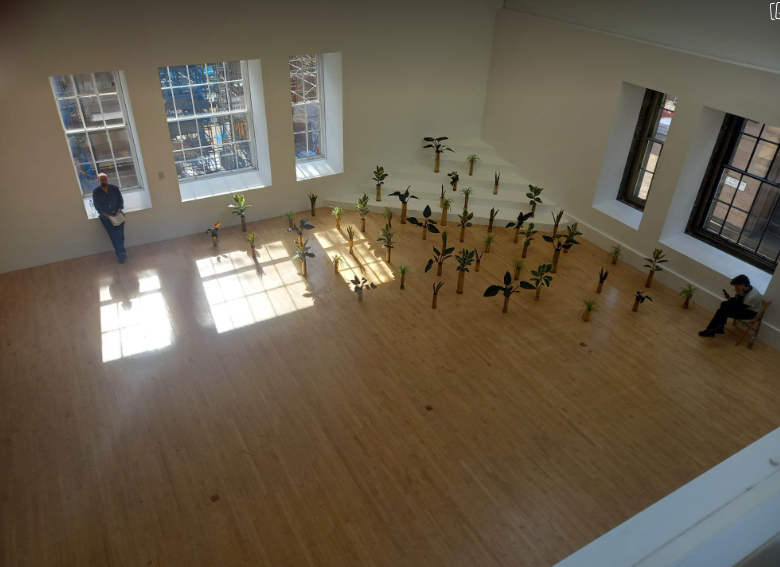
Sammy Baloji, Untitled, 2018/2023

Cian Dayrit, Terra Rationarium, 2018, mixed media on woodwork, 5 pieces
These works above are exhibited opposite one another, mirroring very different pieces as assemblages and how they take up space. I like the more intimate character (slightly diarist and ‘ode to’) of Dayrit’s works and how it takes so long to look at them and focus the eye on the horde of objects in front of me; how these small items are built to become an emblem of immense depredation that seeps from material extraction and labour exploitations of local communities. Baloji’s 50 copper shell castings house varied plants from the Democratic Republic of the Congo, where the artist is from. James Clegg mentioned about the easy access to such plants which is an interesting way of echoing the corruption of implementing free trade and what this means for the present and future implications of of this history. These shell castings are laid out evenly in the gallery with space between them, although not enough to walk amongst them, a kind of pictorial garden that unravels heinous themes.

Hana Miletic, Materials, 2021
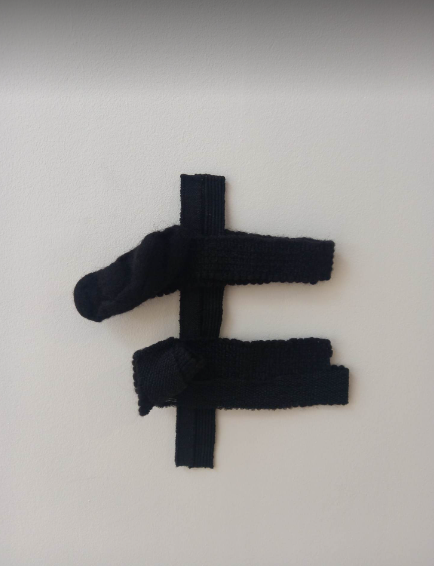
Hana Miletic, Materials, 2020-21
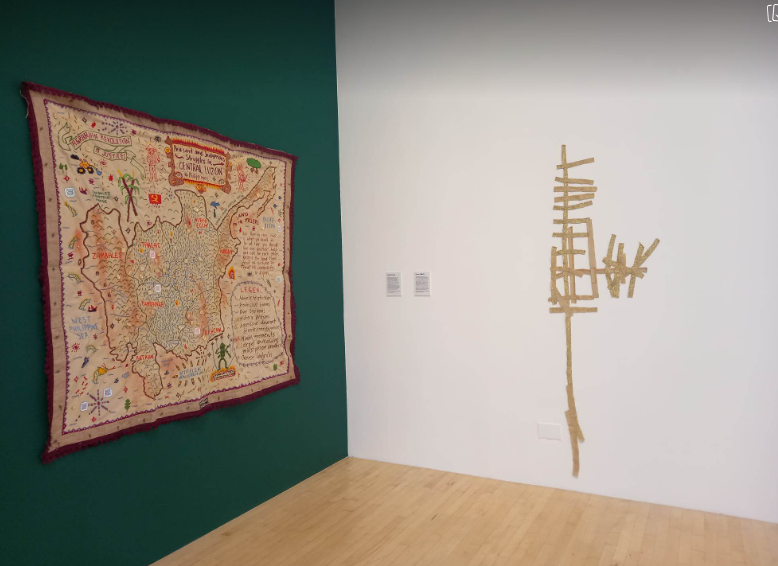
Hana Miletic, Materials, 2022
Hana Miletic Materials series centres around moments of ‘care and repair’ as ‘important ways we contribute to society’ (James Clegg). I like how these can be found intermittently around the gallery space, taking on a similar shape to the works themselves. Great care has gone into weaving these pieces, tracing patterns of amendments made to objects with gaffer tape in order to heal them and render them useful again. The use of materials like gold metal yarn and silk ribbon, largely associated with wealth and affluence, encourages a reflection on mending as of value and importance.
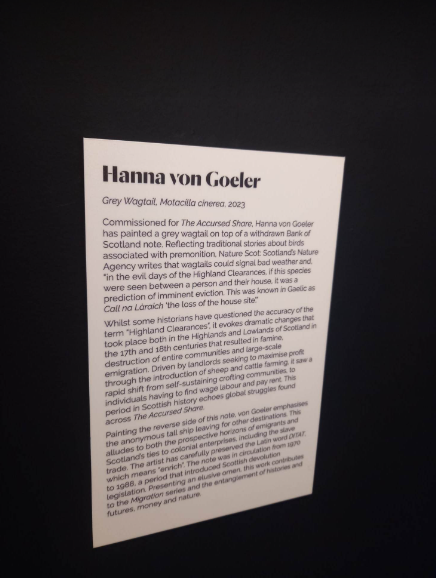

^commission for The Accursed Share, relocating practice to Scotland momentarily.
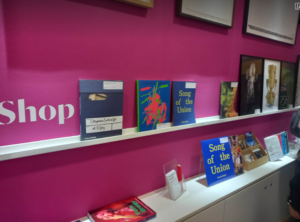
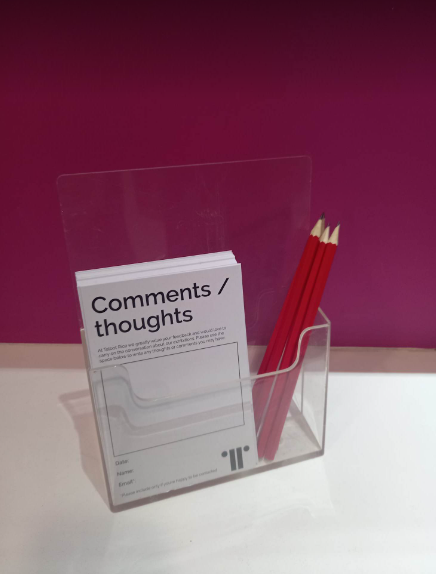
Moments of engagement- writing comments down, largely for funding opportunities but a nice way of getting feedback on exhibitions. ^reading materials to do with the current exhibition.
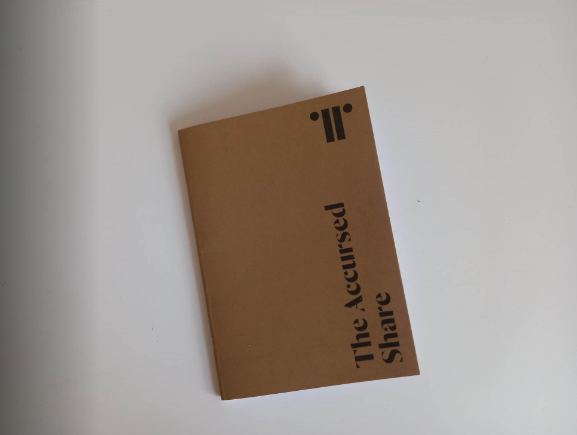


Leave a Reply